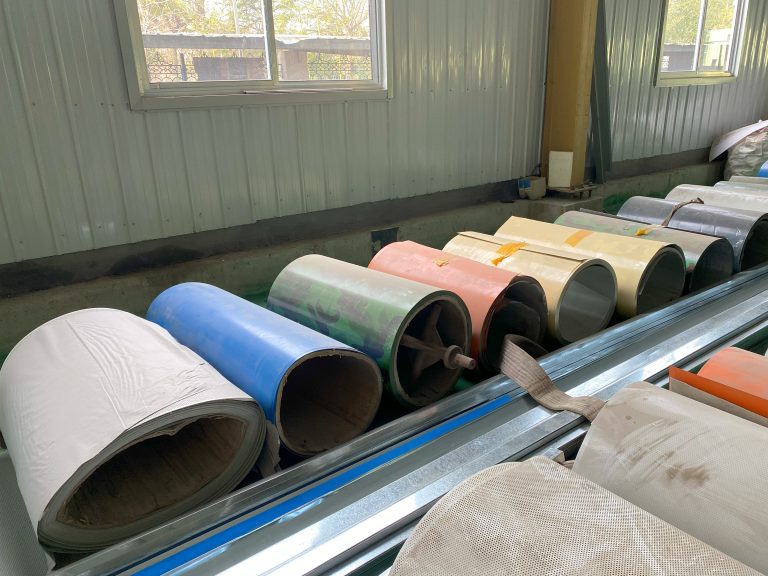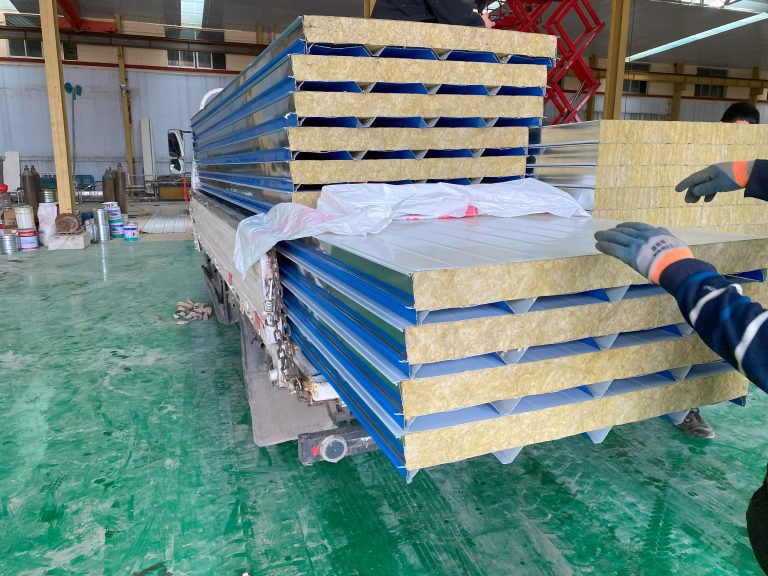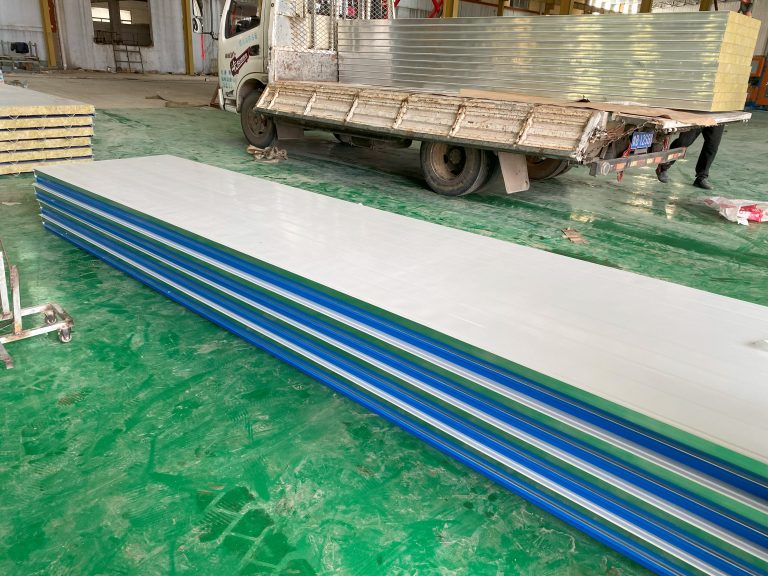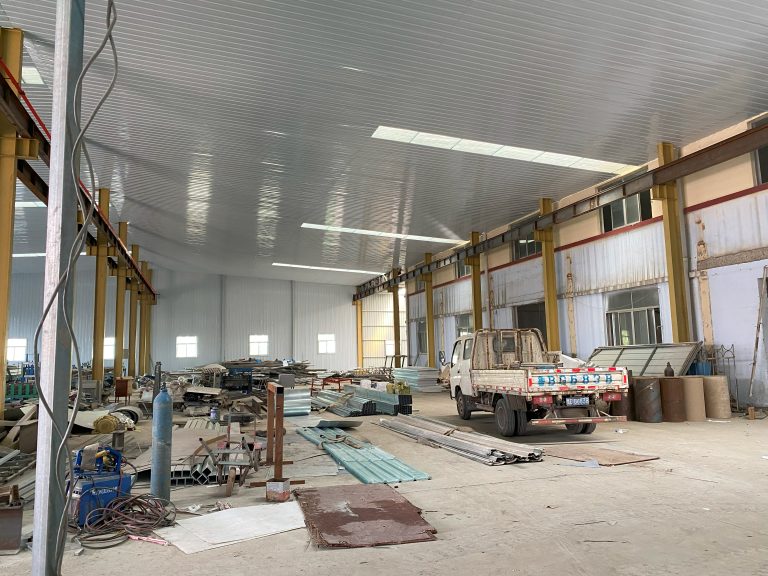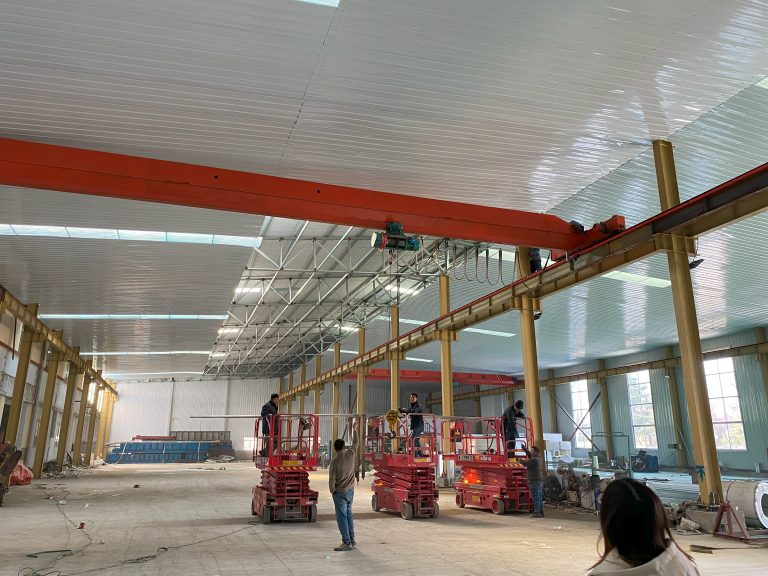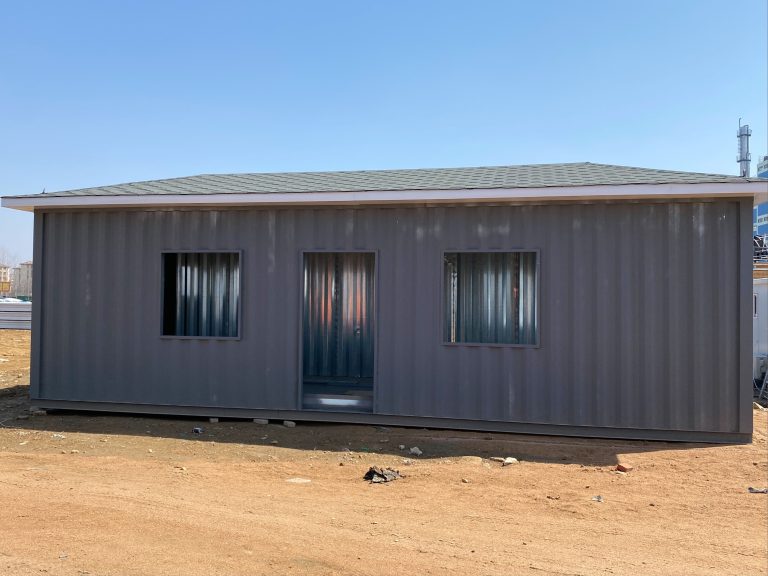Application of transforming container house into mobile kitchen in urban emergency response
Table of Contents
Benefits of Using Transforming Container Houses as Mobile Kitchens in Urban Emergency Response
In times of urban emergencies such as natural disasters or pandemics, the need for efficient and effective response strategies is crucial. One innovative solution that has gained popularity in recent years is the use of transforming container houses as mobile kitchens. These versatile structures offer a range of benefits that make them ideal for providing food and support to those in need during times of crisis.
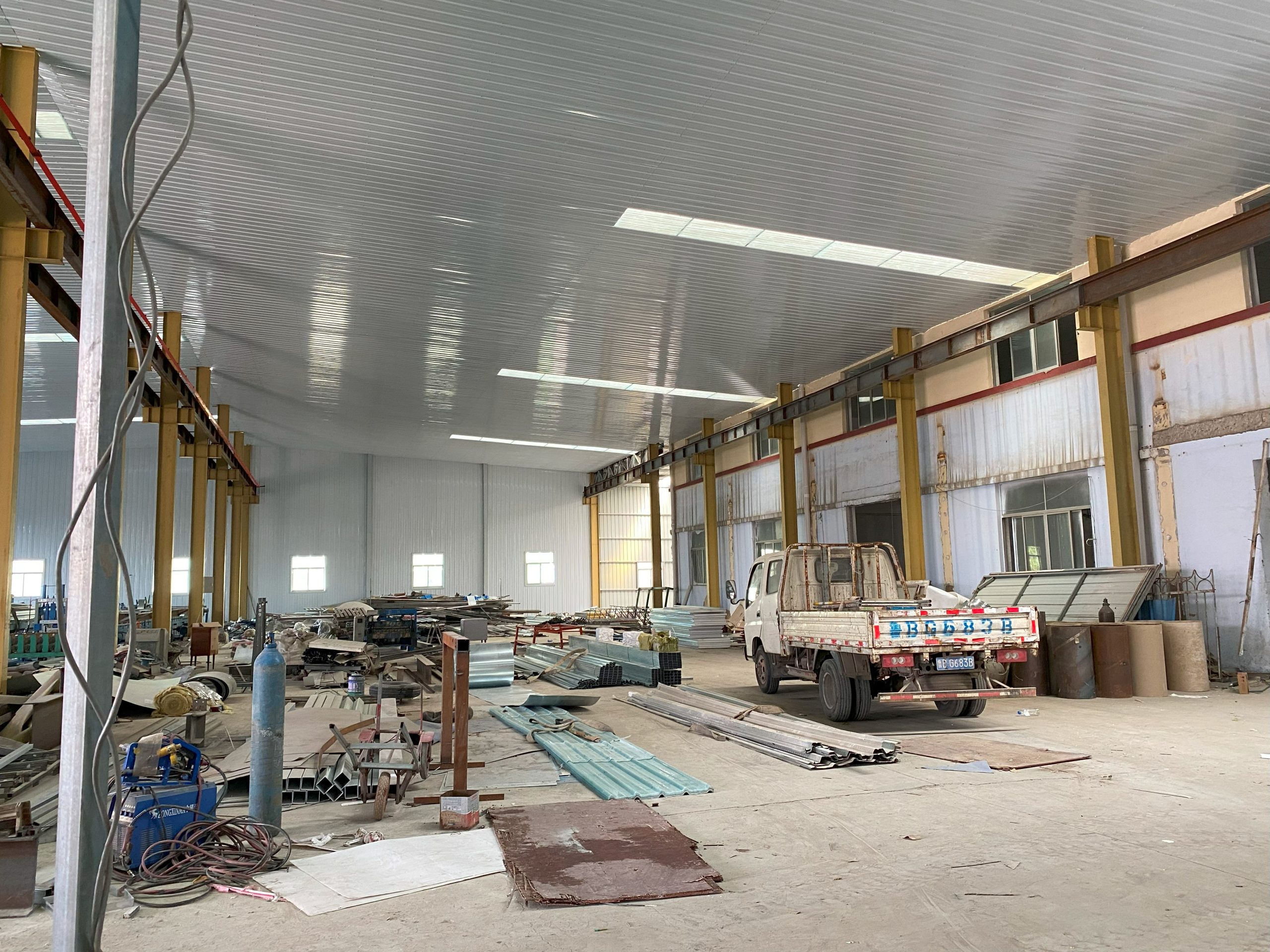
One of the key advantages of using transforming container houses as mobile kitchens is their mobility. These structures can be easily transported to any location, making them ideal for setting up temporary food service operations in urban areas affected by emergencies. This flexibility allows for quick deployment and ensures that those in need have access to hot meals and other essential supplies in a timely manner.
In addition to their mobility, transforming container houses are also highly customizable. These structures can be outfitted with a variety of kitchen equipment and appliances, allowing for the preparation of a wide range of meals to meet the dietary needs of different populations. This versatility makes them well-suited for providing food to diverse communities during urban emergencies.
Furthermore, transforming container houses are designed to be durable and weather-resistant, making them ideal for use in challenging environments. These structures are built to withstand harsh conditions, ensuring that they can continue to operate effectively even in the face of adverse weather or other external factors. This resilience is essential for ensuring the continuity of food service operations during emergencies.
Another benefit of using transforming container houses as mobile kitchens is their cost-effectiveness. These structures are typically more affordable than traditional brick-and-mortar buildings, making them a cost-effective solution for providing food service in urban emergency response situations. This cost savings can be crucial in times of crisis when resources may be limited and budgets are tight.
Additionally, transforming container houses are environmentally friendly. These structures are often made from recycled materials, reducing their carbon footprint and making them a sustainable option for providing food service during emergencies. This eco-friendly approach is important for minimizing the impact of emergency response operations on the environment.
Overall, the application of transforming container houses as mobile kitchens in urban emergency response offers a range of benefits that make them an ideal solution for providing food and support to those in need during times of crisis. Their mobility, customizability, durability, cost-effectiveness, and environmental friendliness make them a valuable asset in emergency response efforts. By leveraging the unique advantages of these structures, organizations can ensure that they are able to effectively meet the food service needs of urban populations during emergencies.
Design Considerations for Transforming Container Houses into Mobile Kitchens for Urban Emergency Response
In times of urban emergencies such as natural disasters or pandemics, having access to mobile kitchens can be crucial in providing food and support to affected communities. Transforming container houses into mobile kitchens is a practical and efficient solution that can be quickly deployed to areas in need. There are several design considerations that need to be taken into account when converting container houses into mobile kitchens for urban emergency response.
One of the key considerations is the layout and design of the mobile kitchen. The space inside a container house is limited, so it is important to carefully plan the layout to maximize efficiency and functionality. This includes determining the placement of cooking equipment, storage areas, and serving stations. The layout should be designed in a way that allows for easy movement and access to all necessary supplies and equipment.
Another important consideration is the equipment and appliances that will be used in the mobile kitchen. It is essential to choose durable and energy-efficient equipment that can withstand the demands of continuous use in a high-stress environment. This includes commercial-grade stoves, ovens, refrigerators, and food preparation surfaces. Additionally, the mobile kitchen should be equipped with proper ventilation systems to ensure a safe and comfortable working environment for staff.
Storage is another crucial aspect to consider when designing a mobile kitchen. Adequate storage space is needed for food supplies, cooking utensils, serving dishes, and cleaning supplies. The storage areas should be organized and easily accessible to ensure efficient workflow and minimize the risk of accidents or contamination. It is also important to consider the type of food that will be prepared in the mobile kitchen and ensure that proper storage conditions are maintained to prevent spoilage and foodborne illnesses.
In addition to the layout, equipment, and storage considerations, it is important to think about the mobility and transportation of the mobile kitchen. Container houses are designed to be easily transportable, but additional modifications may be needed to ensure that the mobile kitchen can be safely and efficiently moved to different locations. This includes securing the kitchen equipment and appliances during transportation, as well as ensuring that the container house is equipped with the necessary hookups for water, electricity, and gas.
Furthermore, safety and sanitation are paramount when designing a mobile kitchen for urban emergency response. The kitchen should be equipped with fire suppression systems, first aid kits, and emergency exits to ensure the safety of staff and volunteers. Additionally, proper sanitation practices should be followed to prevent the spread of foodborne illnesses and ensure the health and well-being of those being served.
In conclusion, transforming container houses into mobile kitchens for urban emergency response requires careful planning and consideration of various design factors. By taking into account the layout, equipment, storage, mobility, safety, and sanitation needs of the mobile kitchen, it is possible to create a functional and efficient space that can provide essential food services during times of crisis. With proper design and preparation, mobile kitchens can play a vital role in supporting communities in need and helping them recover from emergencies.


